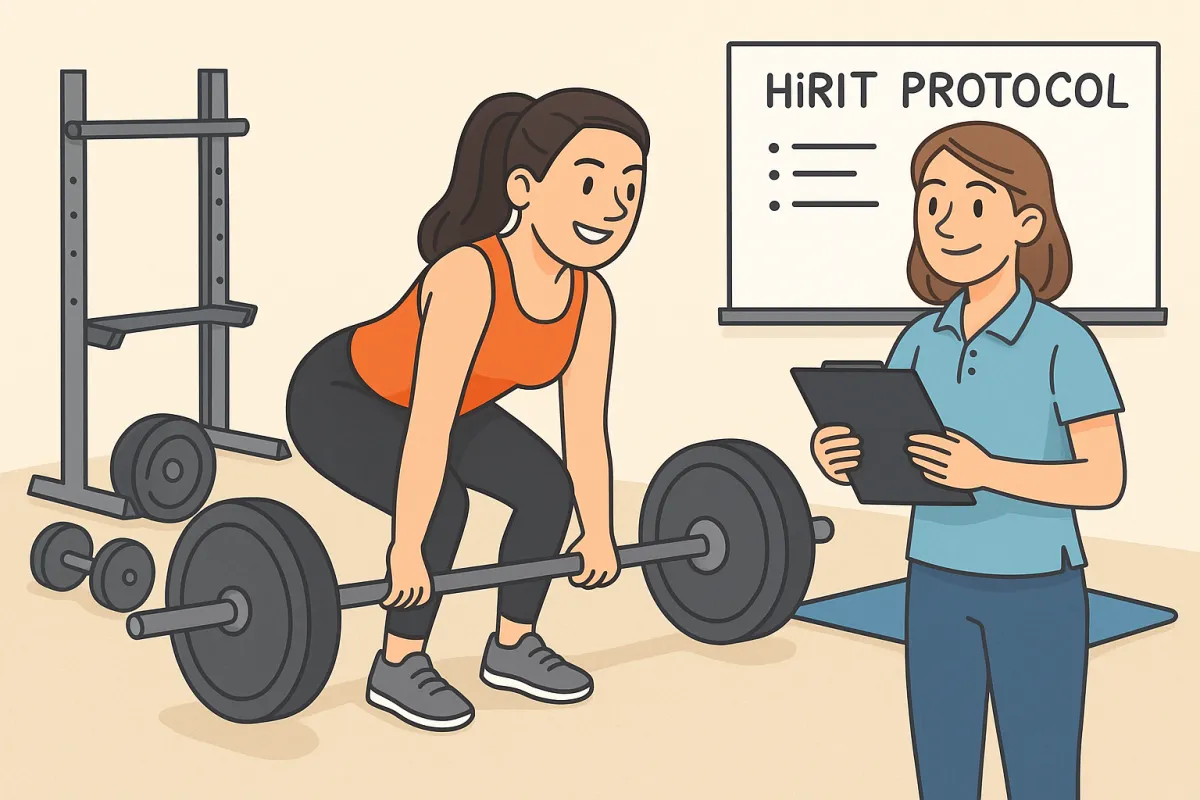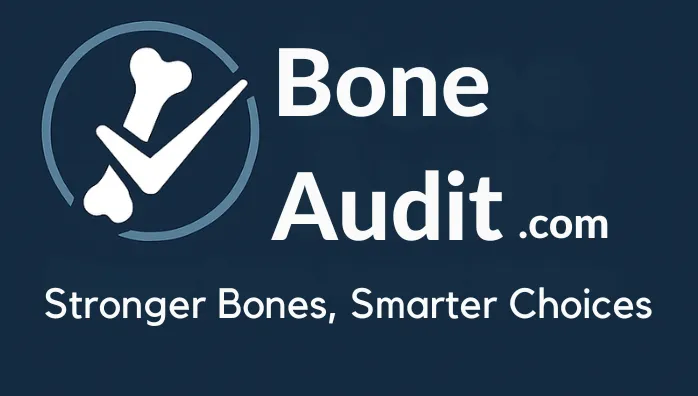
HiRIT and Onero: What the Research Really Says About Lifting for Bone Health
When most people think of exercise for bone strength, they picture walking or light weights. But one approach — called HiRIT (High-Intensity Resistance and Impact Training) — is turning that thinking on its head.
Based on high-quality research and delivered by trained professionals, HiRIT is one of the few exercise protocols that has been shown to actually increase bone density — especially in the spine.
Let’s take a closer look at where it came from, how it works, and what to be aware of as it gains popularity.
🔬 Origin: The LIFTMOR Study
HiRIT gained global attention following the landmark LIFTMOR study, published in 2015. It investigated the effects of high-intensity resistance training on postmenopausal women with low bone mass.
The study’s results were eye-opening:
Spine BMD improved significantly
Hip BMD was maintained — which is still considered a very positive outcome in older adults, where decline is typically expected
Let’s unpack that further:
When the average hip BMD shows no change, it often means that around 50% of participants gained bone while the other half either remained stable or experienced minor losses
This is important: in a group where age-related decline is the norm, maintaining or gaining bone mass in even half the participants signals a very effective intervention
For those who didn’t gain, other factors — like nutrition, medications, or sleep — may have offset the benefits of exercise. These were not controlled in the study and would affect outcomes across both HiRIT and osteogenic loading.
🧠 What Is HiRIT?
HiRIT isn’t a specific brand or machine. It’s a structured training protocol that uses:
Compound lifts like deadlifts, squats, overhead presses
Heavy loads at 80–85% of 1RM (one-repetition maximum — the most you can lift once with proper form)
Sessions typically 2–3 times per week, lasting 30–45 minutes
Close supervision by a physiotherapist, exercise physiologist, or sports scientist
Because it uses traditional gym equipment in a clinical setting, HiRIT blends the accessibility of weight training with the rigor of a defined therapeutic protocol.
🌍 What Is Onero?
Onero™ is the most recognised program built around HiRIT principles. It is:
Clinically guided, with programs supervised by licensed professionals
Being licensed and adopted globally, especially in clinics working with osteopenia or osteoporosis
Built directly on the success of the original LIFTMOR research
One major advantage of HiRIT/Onero is its accessibility. Unlike osteogenic loading, it doesn’t require specialised machines — making it easier to offer in many physio or rehab settings.
⚠️ A Few Things to Be Aware Of
While HiRIT is a promising intervention, here are a few thoughtful considerations:
1. Commercialisation After the Study
Although the LIFTMOR study did not declare any conflicts of interest, the program was later commercialised through Onero by those involved in the original research.
This doesn’t diminish the scientific results, but it’s worth being aware of the evolution from independent study to licensed product.
2. Session Costs
HiRIT sessions are often slightly cheaper than osteogenic loading programs, though pricing can vary significantly by clinic and location.
3. LIFTMOR-M vs. BioDensity
The follow-up LIFTMOR-M study, conducted on men, compared HiRIT to BioDensity (an osteogenic loading device). It concluded that HiRIT was superior for improving BMD.
However, this result should be interpreted with caution:
Participants using BioDensity were instructed to exert at only 80–85% of maximal effort, rather than the standard protocol of near-maximal (100%) effort once per week
In addition, they performed two sessions per week, rather than the recommended once-weekly session
These two key deviations may have significantly reduced the effectiveness of the BioDensity intervention
As a result, the study's comparison may not fairly reflect real-world BioDensity usage — and may inadvertently skew results in favor of HiRIT.
4. Professional Conduct and Commentary
Some individuals associated with the Onero program have been publicly critical of OsteoStrong and osteogenic loading. While professional debate is healthy, this type of direct criticism is unusual in clinical settings — and may reflect personal bias or competitive tension.
This does not reflect on the efficacy of the program itself, but it’s important to separate the science from the surrounding commentary.
✅ Final Thought
HiRIT — especially when delivered through programs like Onero — is a well-researched, clinically grounded training method with proven benefits for bone density, strength, and posture.
It offers a strong alternative to osteogenic loading for those who:
Prefer conventional exercises
Have access to qualified supervision
Enjoy movement-based training more than machine-based protocols
Just like osteogenic loading, HiRIT works.
The best choice comes down to what’s available, what fits your lifestyle, and what you’ll stick with over the long term.
Done safely and consistently, either one can help you rewrite your bone health story — and that’s what matters most.
